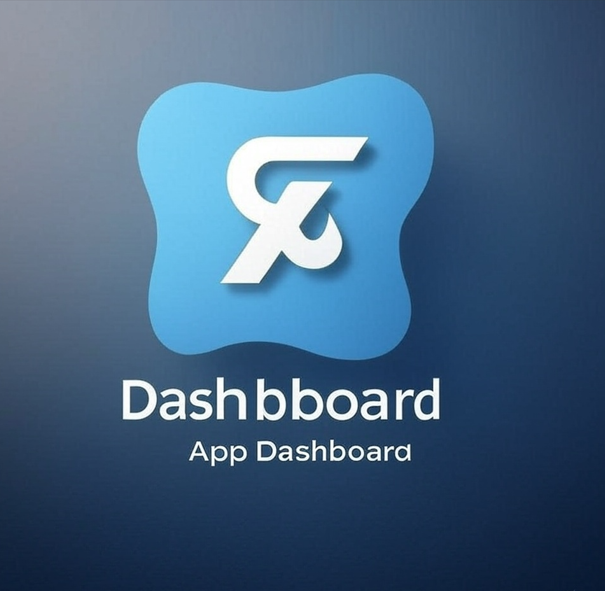7/23/2025
A Core App Dashboard is a centralized interface that provides a comprehensive overview of an application's key features, data, and functionalities, acting as a control center for efficient management and decision-making. Think of it like a car's dashboard, offering real-time insights into performance, user activities, and critical metrics in one place. Here's a concise breakdown based on current information:
A Core App Dashboard is a centralized interface that provides a comprehensive overview of an application's key features, data, and functionalities, acting as a control center for efficient management and decision-making. Think of it like a car's dashboard, offering real-time insights into performance, user activities, and critical metrics in one place. Here's a concise breakdown based on current information:
Key Features:Real-Time Monitoring: Tracks app performance, user behavior, and system health instantly, allowing quick detection and resolution of issues like downtime or errors.
Data Visualization: Presents complex data through intuitive charts, graphs, and metrics for easy understanding of trends and KPIs.
Customization: Allows users to tailor layouts, widgets, and metrics to specific needs, enhancing productivity and relevance for different roles.
Data Integration: Consolidates data from multiple sources (e.g., sales, customer feedback, cloud services like AWS or Azure) into a single view for streamlined analysis.
User Management: Manages roles, permissions, and access levels to ensure security and operational efficiency.
Alerts and Notifications: Provides real-time updates on critical events, customizable to user preferences.
Analytics and Reporting: Offers insights into app performance, user engagement, and system health to support data-driven decisions.
Benefits:Improved Efficiency: Centralizes control, reducing time spent navigating multiple platforms or collecting data manually.
Enhanced User Experience: Intuitive design simplifies navigation, making data accessible to both technical and non-technical users.
Data Accuracy: Minimizes errors and duplication by consolidating data into a single source of truth.
Scalability: Adapts to growing business needs, supporting everything from startups to enterprise-level applications.
Security: Includes features like access controls and encryption to protect against unauthorized access and data breaches.
Use Cases:Business Management: Monitor KPIs like sales, customer satisfaction, or employee performance across departments.
App Performance Optimization: Identify and resolve issues like crashes, slow load times, or excessive resource usage.
Personal Use: Track app usage, device health, or personal metrics (e.g., exercise data) for individual users.
Tools for Building a Core App Dashboard:No-Code/Low-Code Platforms: Tools like NocoBase, ILLA Cloud, and Plasmic enable rapid dashboard creation with drag-and-drop interfaces and pre-built components.
SaaS Solutions: FineReport, FineBI, and Kohezion offer robust reporting, visualization, and integration capabilities.
Frameworks: React, Angular, or Vue.js for custom frontend development, paired with backend integration tools like FineDataLink for real-time data syncing.
UI Kits: Core UI Kit provides 200+ components and 376 pre-made screens for quick dashboard design across desktop, tablet, and mobile.
How to Build One:Define Objectives: Align the dashboard with specific business or user goals (e.g., tracking sales or app performance).
Select Tools: Choose a platform like NocoBase or FineReport based on customization and integration needs.
Design Layout: Use drag-and-drop builders or frameworks to create a user-friendly interface with relevant widgets.
Integrate Data Sources: Connect to databases, APIs, or cloud services for real-time data.
Customize and Test: Tailor visuals and functionality to user roles, then test for usability and performance.
Example Applications:Business Dashboards: Consolidate sales, customer, and operational data for strategic decisions.
Educational Dashboards: Track school performance metrics, as seen in systems like Escambia Schools or California School Dashboard.
Web3 Management: Tools like Core (@coreapp ) simplify on-chain activities, acting as a command center for blockchain applications.
For more details on specific tools or implementation, check resources like:Kohezion for business dashboards: https://www.kohezion.com Plasmic for no-code development: https://www.plasmic.app NocoBase for data-driven dashboards: https://www.nocobase.com
If you have a specific use case or need guidance on building a dashboard, let me know, and I can tailor the advice further!
